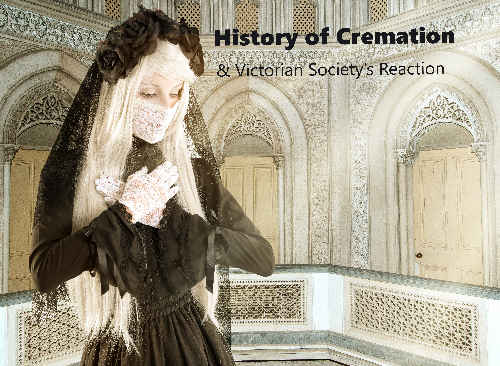
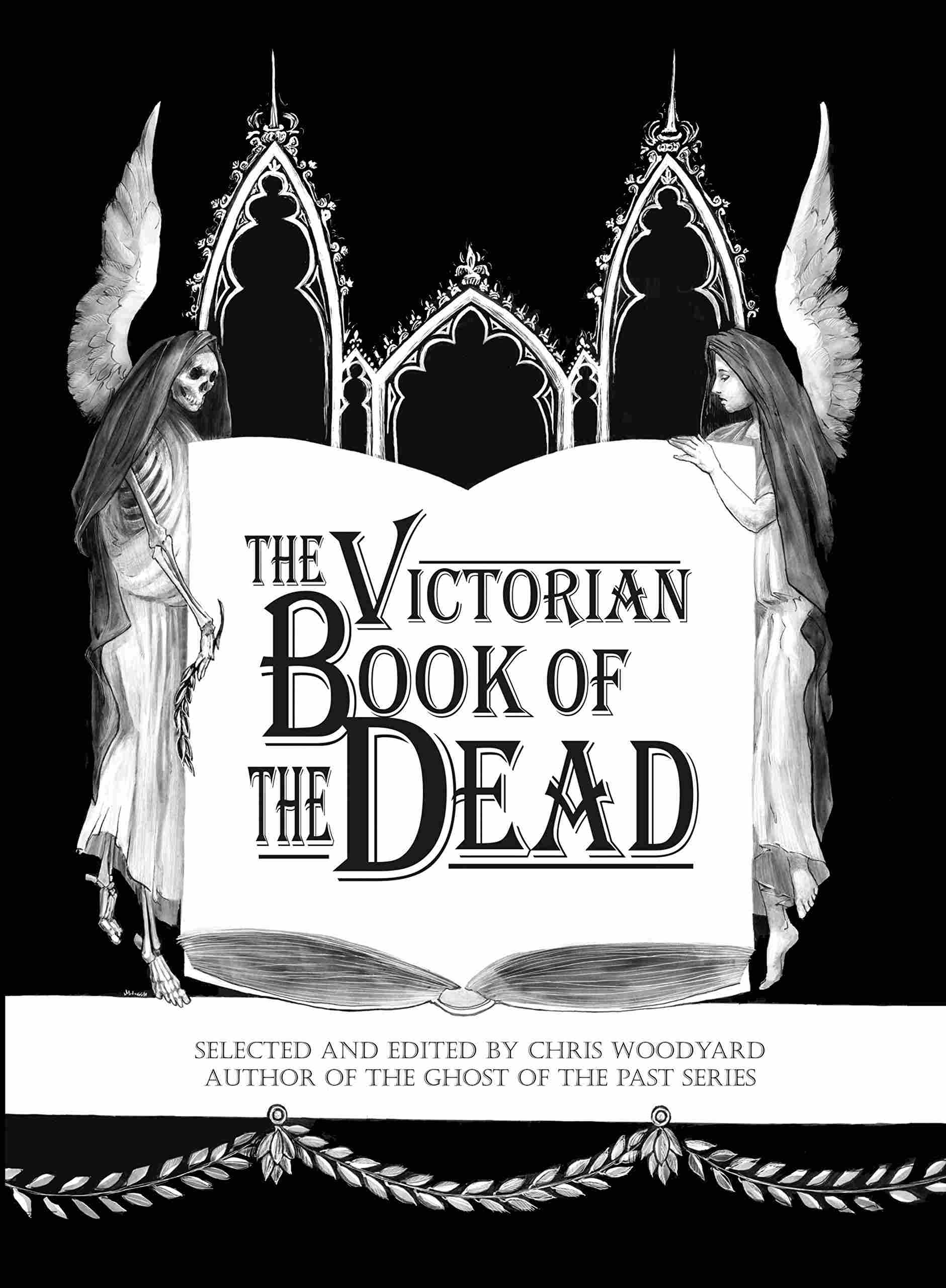
Matters of Life and Death
Kim Stacey


urngarden.com
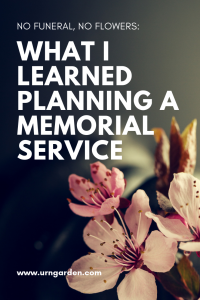
We recently had a death in the family. Our family matriarch. Grandmother. She lived a long, rich life and had made a list of specific wishes before she died.
We carried out her wishes, but had to bend the rules on funeral flowers. Flowers are so healing and we knew that a wreath would help soften the appearance of the metal urn we displayed at the memorial service. The florist we used is practically across the street from the crematory, so we arranged to have them deliver not only the flowers, but the urn, the printed memorial package, and death certificates to the venue.
Grandmother was known as Grandma Birdy, as she loved all things feathered. Our collection of bird themed urns are inspired by her. We chose a white and gold hummingbird urn for her. Crafted from cloisonne, this sturdy metal urn has a delicate design, but is suitable for burial, which we did a couple of days after the celebration ceremony.
The wreath was created with white roses and lilies with a few lady bugs added for good luck. The burial followed a couple of days after the service, and with the advice from the florist, we lightly misted the arrangement and kept it cool, which kept the flowers fresh in the August heat, and we were able to transport to the cemetery and place it on the grave.
Choosing cremation did allow for a little more flexibility. We held the service a couple of weeks after she passed to allow friends and family from out of town to make travel arrangements. The ceremony was held on a Saturday and burial occurred on the following Monday. The venue had table seating for 80, full kitchen, large flat screen monitor, and overlooked the lake. We arranged for audio for our vocalist and catered mini sandwiches, chips, cookies, and drinks from Hy-Vee.
We tried to keep the theme in check with her colorful personality. We used bright and cheerful table covers and decorated with bird statuary and trinkets that grandmother had collected and then we invited the guests to take one as a keepsake or remembrance.
Not knowing what to expect in the way of guests, we were touched when we realized we probably had 100 in attendance.
The funeral home was gracious during the arrangement process and never pressured us. They actually saved us several hundred dollars when we discovered that the cemetery required a concrete vault for the burial of the urn. We were able to order it from the funeral home at considerable savings and they offered to deliver it to the cemetery.
We bought a memorial package from them that included a guest register book, 100 personalized funeral programs that fit our theme, 25 laminated obituaries, and thank you cards. The cost for this package was over $200 and after the service we realized that we had many programs left over.
The funeral director also arranged for the vocalist from a list of recommended contacts that they worked with on a regular basis. Even with a two week notice, scheduling conflicts created challenges in securing someone to sing. We did finally have success and she did a beautiful job.
The funeral director also educated us as to what the appropriate fees were to pay both the vocalist and the minister and we appointed a family member to take care of payment at the service.
The two weeks leading up to the event were a little stressful and we were starting to wish grandmother had ordered a traditional funeral, but in the end it was a beautiful day with a couple of touching eulogies, letters read from far away family and friends, and memories shared with loved ones who took the time to come celebrate the life of one of our greatest generation.
Kim Stacey
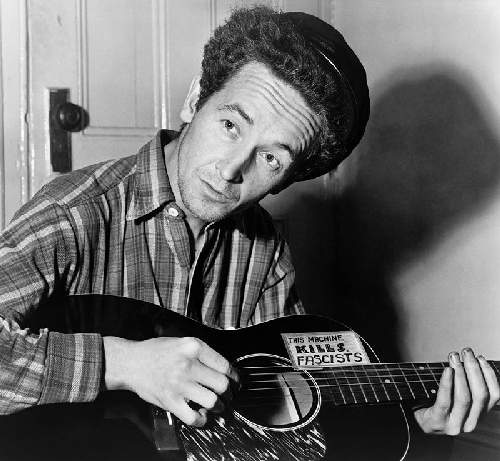 Last month we published Celebrity Cremations: Isadora Duncan, in celebration of the famous dancer’s birthday in late May – and in acknowledgement of her forward-thinking in relation to the practice of cremation. This month, in recognition of July being America’s birthday month, I’d like to look at another of the many celebrities who were cremated – American singer/songwriter and social activist, Woody Guthrie.
Last month we published Celebrity Cremations: Isadora Duncan, in celebration of the famous dancer’s birthday in late May – and in acknowledgement of her forward-thinking in relation to the practice of cremation. This month, in recognition of July being America’s birthday month, I’d like to look at another of the many celebrities who were cremated – American singer/songwriter and social activist, Woody Guthrie.
Maybe ‘celebrity’ is the wrong word for Woody; ‘celebrated’ is better. His life was the subject of a 1976 film with David Carradine; Bound for Glory; and his prodigious creativity was the focus of the 1999 documentary with Wilco and Billy Bragg, Man in the Sand. Both are well-worth watching and give you a good ‘feel’ for this American icon.
Guthrie is the creator of what are today considered patriotic classics like “This Land is Your Land”, “Roll on Columbia”, and “Pastures of Plenty”. I love him most for his fun, silly, and toe-tapping children’s songs, like “Rattle my Rattle” and “Riding in My Car”. You might be happy to know his son Arlo – along with his family – recorded some of them in “Woody’s 20 Grow Big Songs”.
When he died in 1967, Woody’s family chose to have his body cremated and his ashes scattered in the sea. Interestingly, there’s a cenotaph (a headstone used to commemorate someone whose body is elsewhere) in Highland Cemetery, in Okfuskee County, Oklahoma where he was born.
In tribute to this amazing American, I’d like to close with some of the lesser-known words to
“This Land is Your Land”
As I went walking, I saw a sign there,
And on the sign there, it said “Private Property.”
But on the other side, it didn’t say nothing!
That side was made for you and me.
In the squares of the city, in the shadow of a steeple,
By the relief office, I’d seen my people.
As they stood there hungry, I stood there asking,
Is this land made for you and me?
Guthrie used his song-writing skills as a social and political tool for change during a time of great poverty and unrest in our country. I, for one, am proud to share a common national heritage with this remarkable man.
Source:
Kim Stacey
The date has come and gone, but May 27th, 2018 is the birthday of Isadora Duncan. Born in San Francisco in 1877, she became a world famous choreographer, dancer, and instructor, “whose emphasis on freer forms of movement was a precursor to modern dance techniques.” (Source)
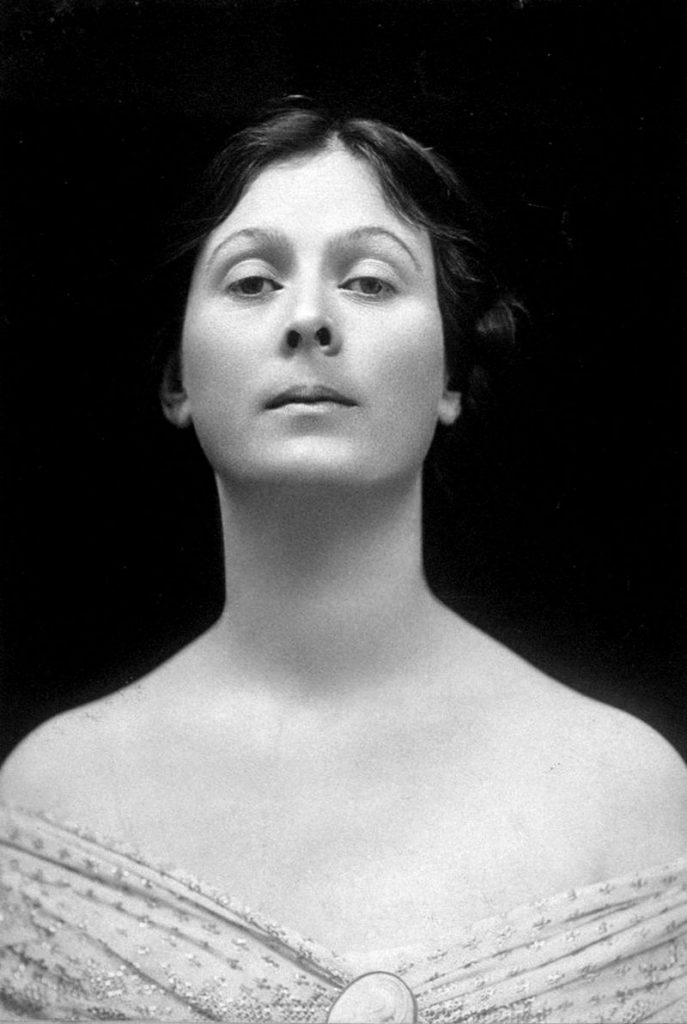
But, Isadora wasn’t just a trailblazer in the world of dance. In making the end-of-life choices she made, Isadora furthered the growth and acceptance of cremation as an alternative to traditional burial. It began it 1913, when her two children accidentally drowned, she decided to have their bodies cremated.
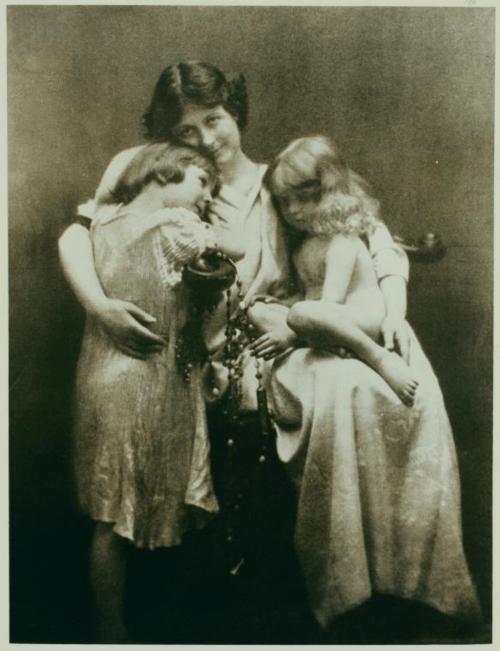
Their ashes were interred in the Cimetière du Père Lachaise, in Paris (where they were living at the time). Choosing cremation at the time was remarkably ‘modern’ and totally in character with Isadora’s personality and approach to life.
When Isadora died in an automobile accident fourteen years later (on September 14, 1927), the decision was for her body to also be cremated. The ashes were interred next to her children, Deirdre Beatrice Craig, who was six at the time of her death, and Patrick Augustus Singer, who was only three years of age on that fateful April day in Paris.
In the months to come, I’ll look at other celebrities who were cremated. Believe me when I say there were additional wonderfully talented and intelligent women –acrtresses Bea Arthur, Virginia Dwyer, Adriana Caselotti, and Lana Turner, to name just a few – who flew in the face of convention by choosing cremation over traditional burial.
Image source: Wikipedia
urngarden.com
Urn Garden has cremation urns for sale in a myriad of colors and purple is one of the most powerful.
In addition to purple’s strong color presence, it corresponds with a number of symbols and meanings. Shades of amethyst urns can represent a February birth date, and the color itself is associated with royalty, wisdom, and spirituality. As such, they make for great urns to honor a lost loved one. Below we’ll highlight a few of our most popular urns for ashes, as well as discuss their unique meanings and symbolization.
A Few of Our Popular Purple Urns for Ashes
This cremation urn is finished in a nice shade of royal purple, and highlighted with sparkling
silver details. It’s also a flexible urn solution, as it has the ability to be customized with
engraving. Great for February birthdays, as is the case with all of our purple urns, you can’t go
wrong with this attractive piece.
Handcrafted from free standing metal into the shape of a heart, this urn symbolizes what you
think it would – love. Not only that, but the rich glossy purple color makes it perfect for representing a strong personality or creative individual.
If you want to tone down the shine, this matte purple heart is just as pretty, just as rich and engraves beautifully.
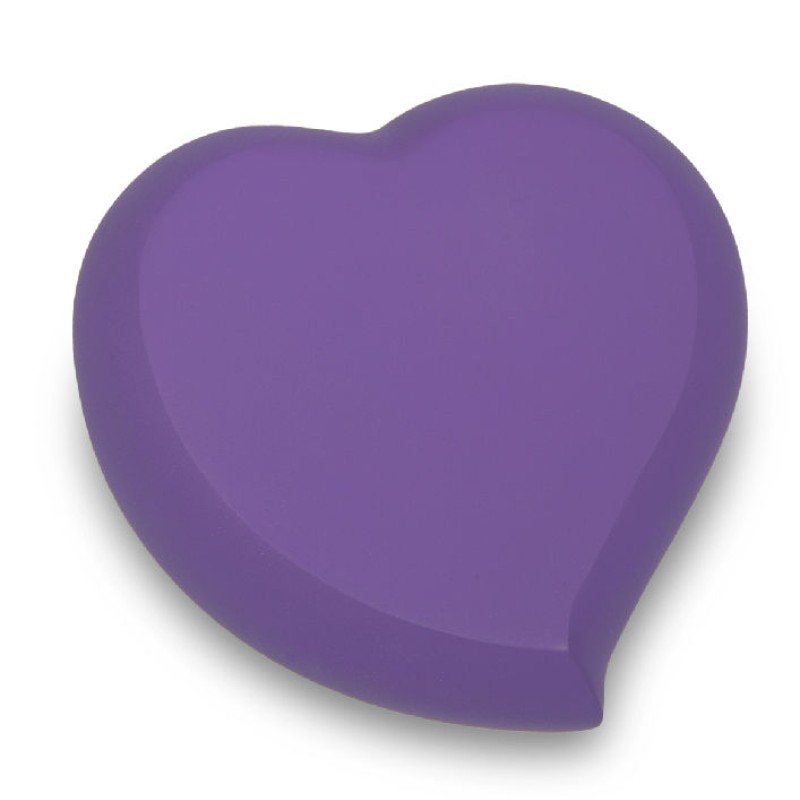
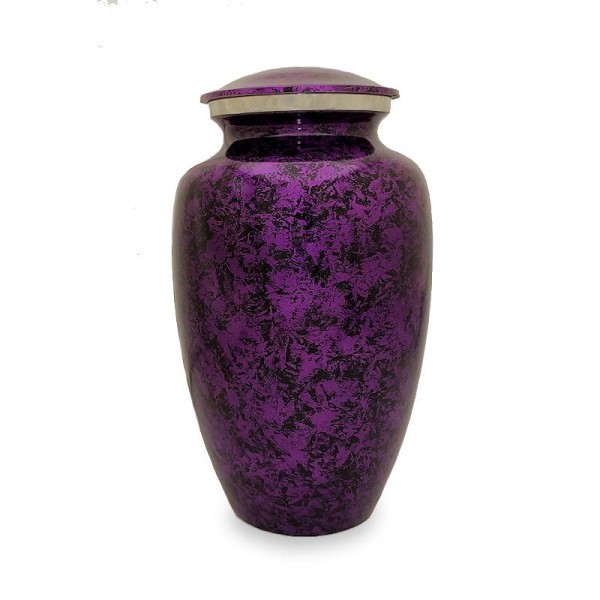
One standout quality of this urn standout is the contrast of dark shades of purple, with black accents. This beautiful memorial also looks elegant with engraved names, dates, verses and more, and is appropriate for home display, cemetery placement, or burial.
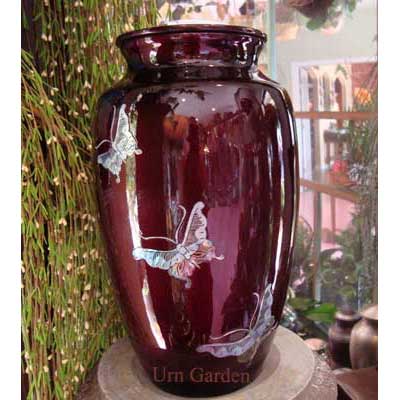
If you love the color purple you’ll love this urn. Coming in the form of a classic vase design, this
urn features a deep shade of purple burgundy that isn’t too dissimilar to a glass of wine. Pair that with
inlaid mother of pearl butterflies and you have a complete, pretty tribute.
Another dark shade of royal purple with hand tooled design to trim it out. Nice and heavy, this vase style can be personalized with an engraved pendant that drapes from the top of urn.
Sweet small memorial in the form of cremation jewelry, this glass heart is a pretty shade of purple and will store a tiny bit of ashes inside the pendant.
Choosing urns for ashes can be an overwhelming process, and understandably so. But by choosing an urn from Urn Garden, you can be sure that you’re getting the highest quality product, crafted with the intention of honoring those closest to you. This is just a small sample and you can see the complete collection of the purple urns here. Any of these styles can easily be ordered online at our safe and secure site, but if you are more comfortable placing your order on the phone, feel free to call. We’re here to help.